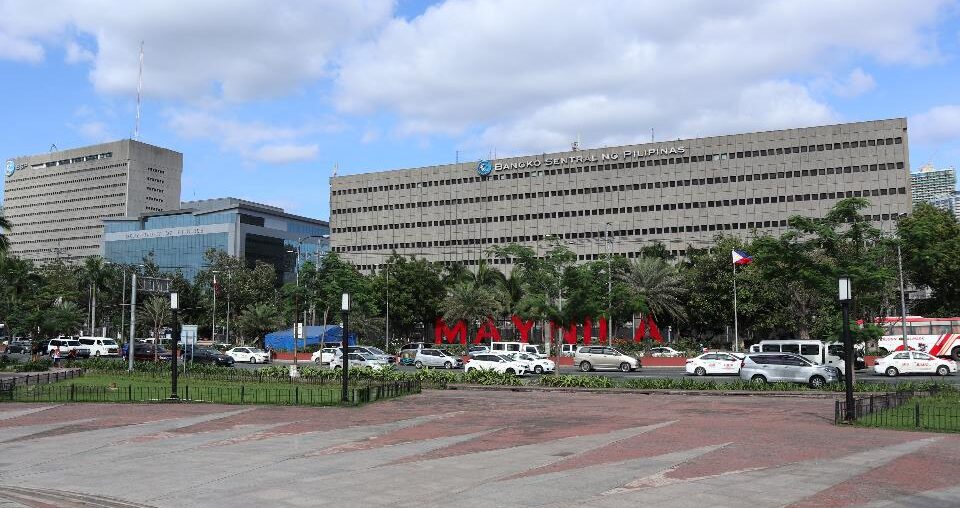If the Philippines wants to attract more foreign direct investments (FDIs), expanding its pool of investors and areas where these firms can invest could make the country an attractive place to do business.
On Monday, the Bangko Sentral ng Pilipinas (BSP) disclosed the country’s FDI net inflows contracted 14.5 percent to $813 million in August 2024 from $951 million in August 2023.
The decline in August is the third time this year the country’s FDI inflows contracted in double-digits. The steepest decline in FDI this year was the 36 percent contraction recorded in April and the 29 percent posted in June 2024.
“We should also be vigilant in attracting FDIs. Explore other partners like the Netherlands. Konti pa presence ng Dutch sa atin. (We can) attract them more for agriculture (investments),” De La Salle University economist Maria Ella Oplas told BusinessMirror.
On a cumulative basis, BSP data showed net FDI inflows for January-August 2024 rose 3.9 percent to $6.1 billion from the $5.8 billion net inflows posted in January-August 2023.
Oplas also said that, in addition to the passage of the CREATE More Law and the change in management of the Ninoy Aquino International Airport (NAIA), the government should hasten the construction of the Bulacan airport.
Jonathan Ravelas, senior adviser at professional services firm Reyes Tacandong & Co., told BusinessMirror that the Philippines’ ability to attract FDI could stem from the country’s “value for money” proposition.
Ravelas noted that the Philippine peso-US dollar rate could still convince US-based firms to locate their business in the country as they can stretch their hard-earned dollars.
“Trump’s theme is ‘America First’, so I expect that his administration would focus on enhancing the US economies through more local investments,” the University of Asia and the Pacific economist George Manzano told BusinessMirror.
“However, Trump’s hostility to Chinese exports may favor the Philippines as US investments from China may seek new sites in ‘friendly’ countries, which includes the Philippines,” he added.
GDP and FDI
The country’s lackluster performance in attracting Foreign Direct Investments (FDIs) could make it even more difficult to attain the government’s growth goals.
“The slowing of FDI will further drag and prevent annual growth to reach the government target of at least 6 percent,” Ateneo de Manila University economist Luis F. Dumlao told BusinessMirror.
The country’s ability to attract FDIs would also be affected by the policies being put in place by one of the country’s largest investors, particularly the United States.
In August, the United States accounted for 17 percent of the country’s total FDI flows. In January to August 2024, the US also accounted for 8 percent of the country’s FDI flows.
“Increased US interest rates, driven by deregulation and tax cuts, could redirect capital flows back to the US, leading to capital outflows from emerging markets,” Ravelas said.
Dumlao said, however, that the impact on US-based businesses in the country such as Business Process Outsourcing (BPO) firms, remains unclear at this point.
He said if the Trump administration will go through with its protectionist stance it could adversely affect the country’s BPO sector. But, if the US will be pro-business through less regulation, the country’s BPO sector may continue with “business as usual.”
“As for Trump, expect an escalation of trade war and fragmentation between two of our three biggest trade partners China and the US,” Dumalo also told BusinessMirror.
However, University of the Philippines Professor Emeritus Epictetus Patalinghug told BusinessMirror that there was no correlation between the country’s economic performance and FDIs.
Patalinghug noted that while the country’s ASEAN neighbors have outpaced the Philippines in attracting FDIs, the country still recorded faster GDP growth.
He said Indonesia, Malaysia, Thailand, and Singapore have all attracted billions more FDI but the data showed the Philippines’ economic performance was better since 2007.
“US (has) never been a serious source of investment in the Philippines. Our infrastructure projects are mainly funded by Japan, China, and South Korea because these countries have large investments in the Philippines,” Patalinghug also told BusinessMirror
Oplas shared this view saying that the country’s GDP growth may be affected by other factors such as typhoons and uncertainties surrounding weather.
Recently, local economists said severe weather disturbances brought by climate change are threatening not only agriculture but also government infrastructure projects which could affect the country’s economic performance.
This has already become evident with the 5.2 percent, the slowest since the second quarter of 2023. The data also showed government spending for projects slowed to 3.7 percent in the third quarter, lower than the 27.3 percent in the third quarter of 2023 and 21.7 percent in the second quarter of 2024 (See: https://businessmirror.com.ph/2024/11/08/climate-risks-to-agri-infra-to-hurt-growth/).
“(Despite the decline in FDI) I still think that GDP will grow but it might get affected by the expected typhoons. People will set aside traveling (because) we are uncertain of the weather,” Oplas told this newspaper.
BSP data
The BSP attributed the decline in FDI net inflows during the month to the 21.6 percent contraction in nonresidents’ net investments in debt instruments to $529 million from $675 million as well as the 9.4 percent decline in nonresidents’ reinvestment of earnings to $217 million from $240 million.
“Net investments in debt instruments consist mainly of intercompany borrowing/lending between foreign direct investors and their subsidiaries/affiliates in the Philippines,” BSP said.
“The remaining portion of net investments in debt instruments are investments made by nonresident subsidiaries/associates in their resident direct investors, i.e., reverse investment,” it added.
Meanwhile, nonresidents’ net investments in equity capital (other than reinvestment of earnings) expanded by 83.6 percent to $66 million from $36 million in August 2023.
These equity capital placements emanated largely from Japan and the United States and were mostly invested in the manufacturing, real estate, and electricity, gas, steam, and air-conditioning supply industries.
Image credits: Patrick Roque via Wikimedia Commons CC BY-SA 4.0

